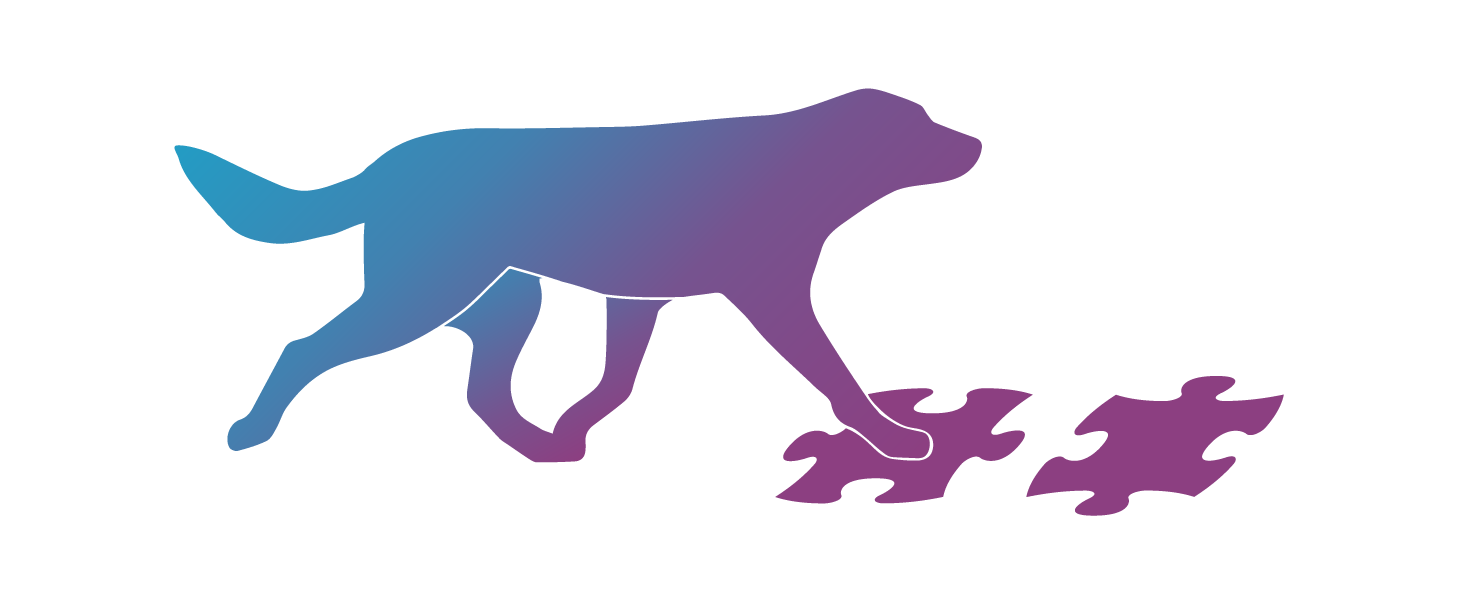Want to train new behaviors faster? With fewer reps? Here’s what you need!
AgiNotes recently published an overview of an international survey about the changes in agility over the past few years and where agility enthusiasts see the sport heading.
One of the (many) things standing out was that the higher demands of the sport require you to train more and more repetitions with your dog, extending the training time and also raising the concern of overuse injuries resulting from all the reps.
While it’s true that as agility becomes more demanding, it also needs more training. But maybe there’s a way to change the way we look at training, be smarter about what we train… and even reduce the number of actual sport exercises?
I have my own approach to keep the training repetitions under control. Want to know what it is? Check out the newest blog post at The Moving Canine
2 responses